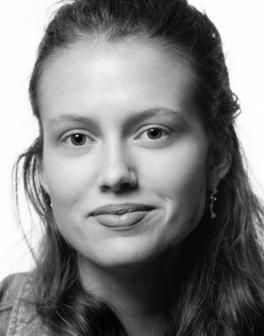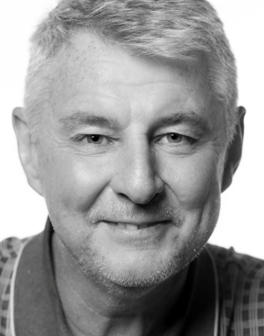Physics working groups (based on the five P5 science drivers)


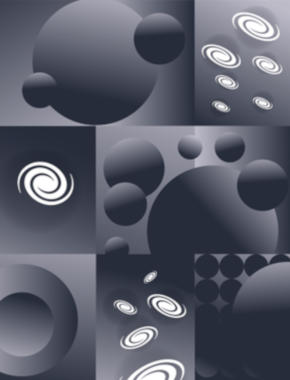
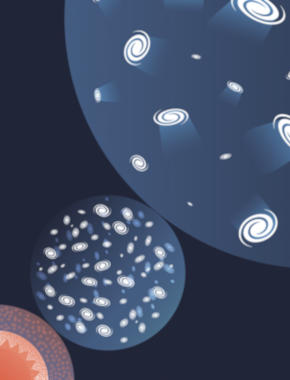

At the DPF meeting in Boston in August, 2019 the DOE Office of High Energy Physics (HEP) announced a Basic Research Needs (BRN) Study on HEP Detector Research and Development (R&D).
The Chairs of the BRN Study: Bonnie Fleming (Yale), Ian Shipsey (Oxford)
The DOE BRN Study liaisons: Glen Crawford (DOE), Helmut Marsiske (DOE)
We encourage you to contact any Convener or the co-Chairs if you have ideas, suggestions or questions.
Community input to the BRN study can also be provided:
In addition, many BRN Study members will attend the CPAD Workshop in Madison, Wisconsin December 8-10, 2019 where there will be townhalls and other fora for community input and dialog with the BRN process.
The Detector R&D BRN Study will:
Each working group is being led by two conveners. In addition to the conveners, the physics groups have two members and the technology groups have four members.
A hallmark of the BRN Study will be very close interaction between the physics and technology groups and with the HEP community.
The primary community input to the BRN Study is the DPF Coordinating Panel on Advanced Detectors 2018 Report “New Technologies for Discovery”. Following on from this, most BRN working groups have identified a number of expert associate members and all working groups are engaging in outreach to the relevant communities.





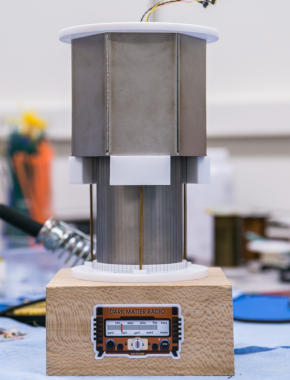
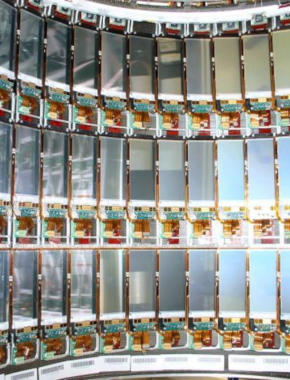
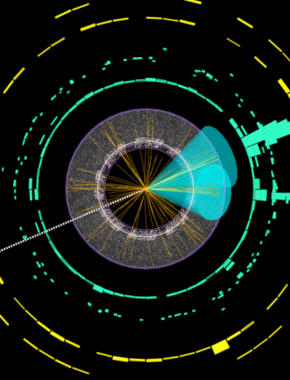
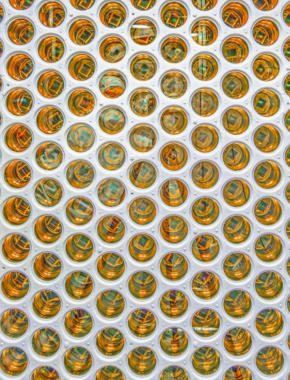
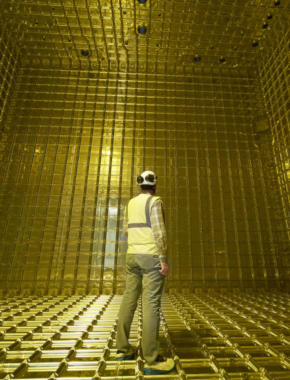
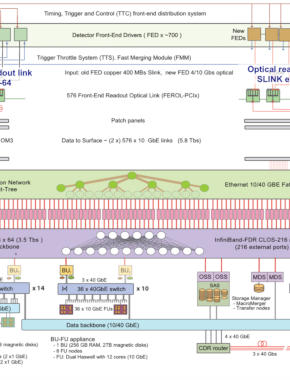
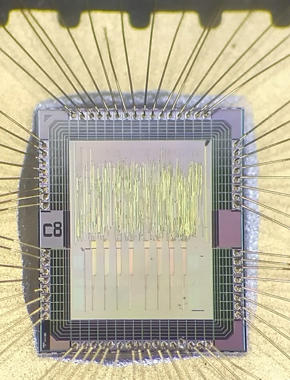
There is also a cross-cutting group.

The end product of the BRN Study will be a report due at the end of February 2020. The report will take its final shape at a BRN Workshop that will be held December 11-14, 2019 in the DC area. This workshop will be attended by all BRN Study members plus a number of observers: DOE Program Managers from HEP and related programs, and from NSF. The plenary talks on the first day will be streamed to the community.
In September we began regular telecons to conduct the ground work for a productive and conclusive workshop in December which will lead to a report that is a crisp and compelling articulation of the essential enabling power of instrumentation to deliver the US High Energy Physics program in a global context over the next twenty years.

